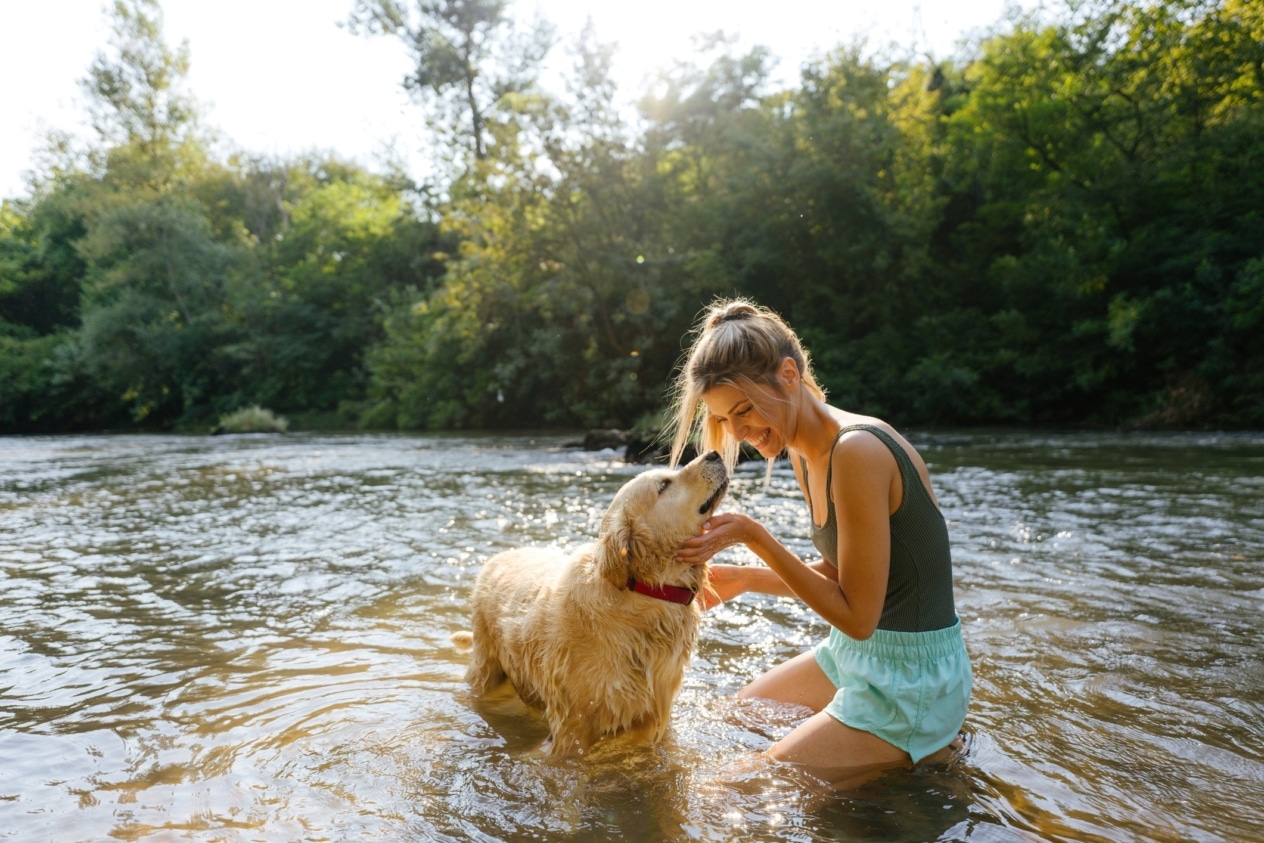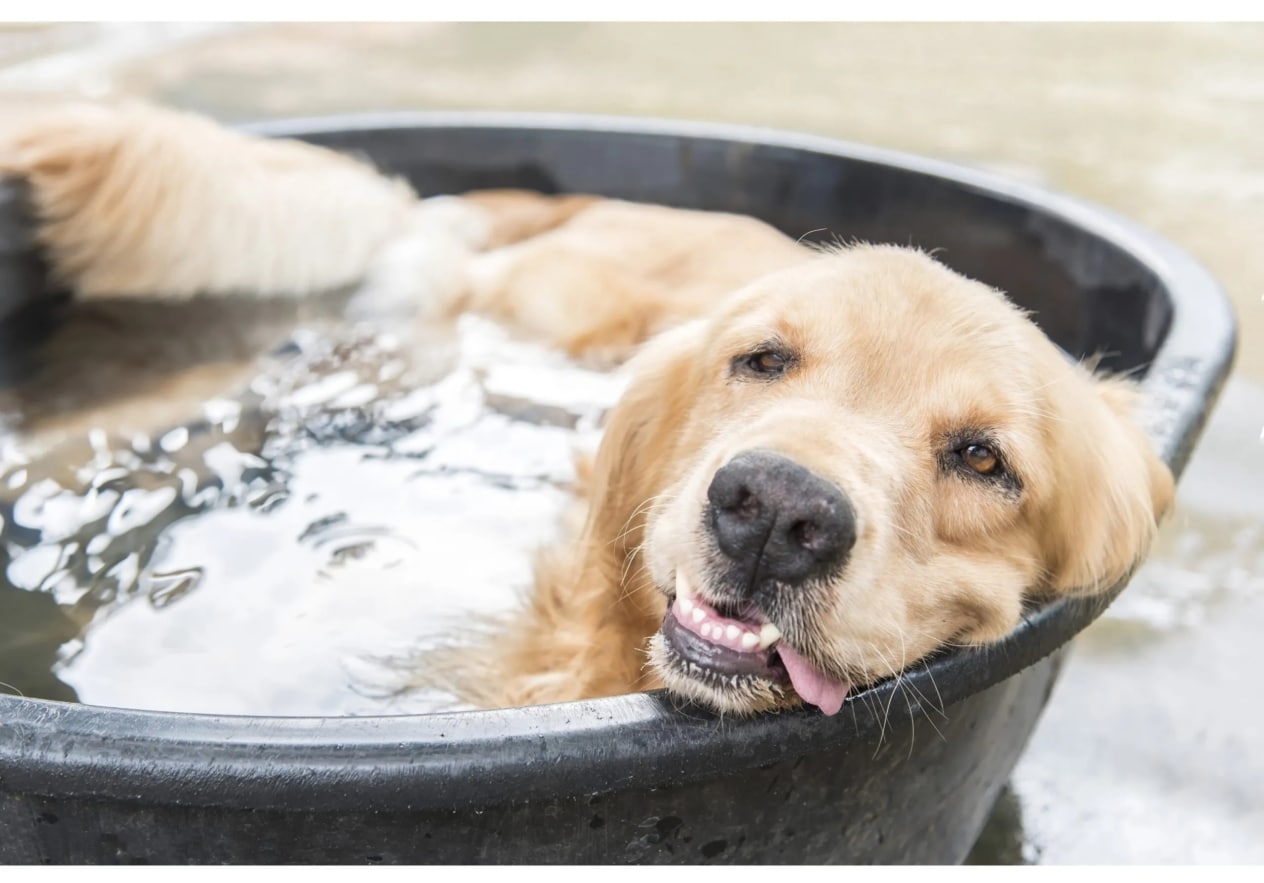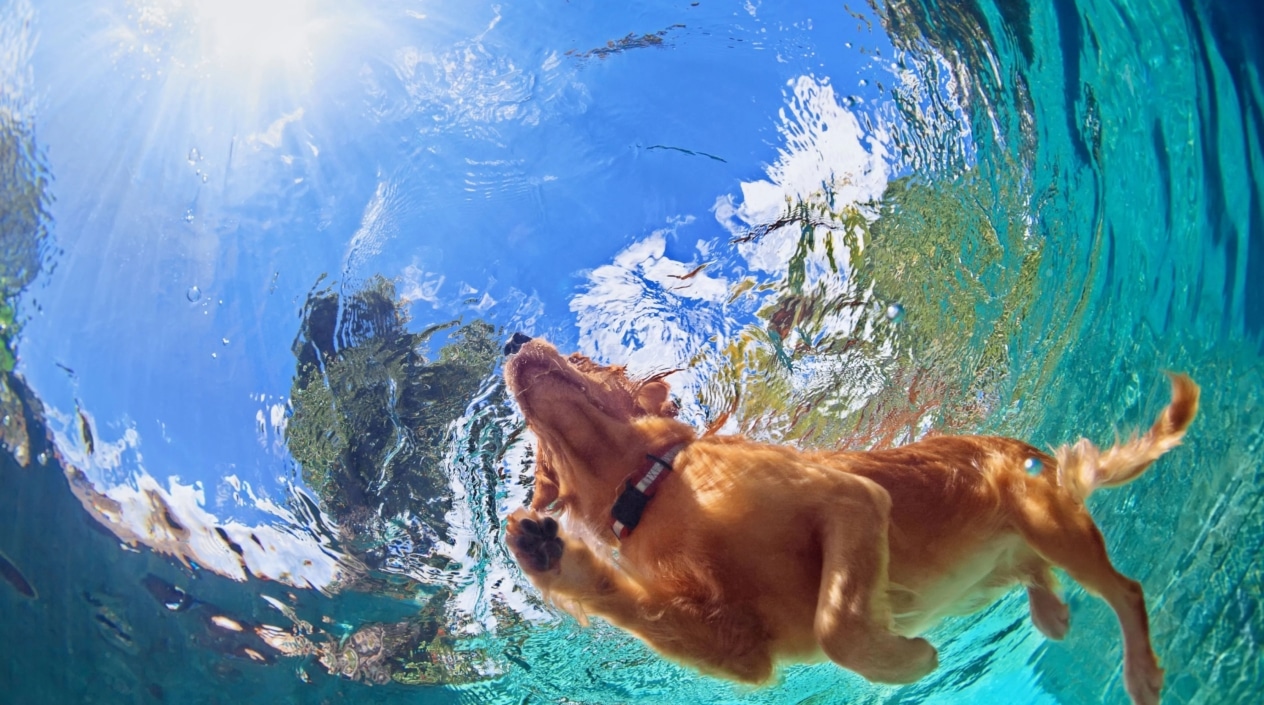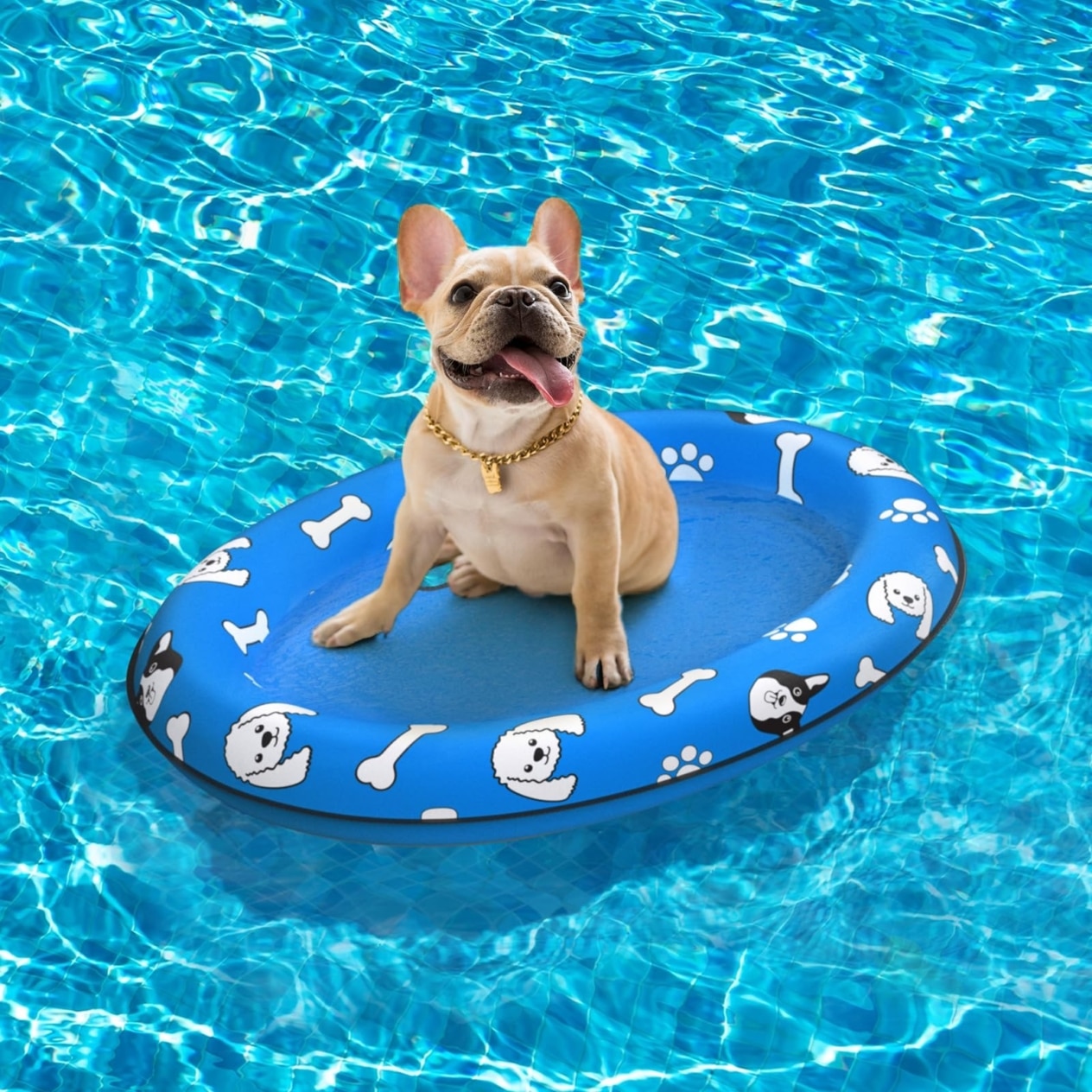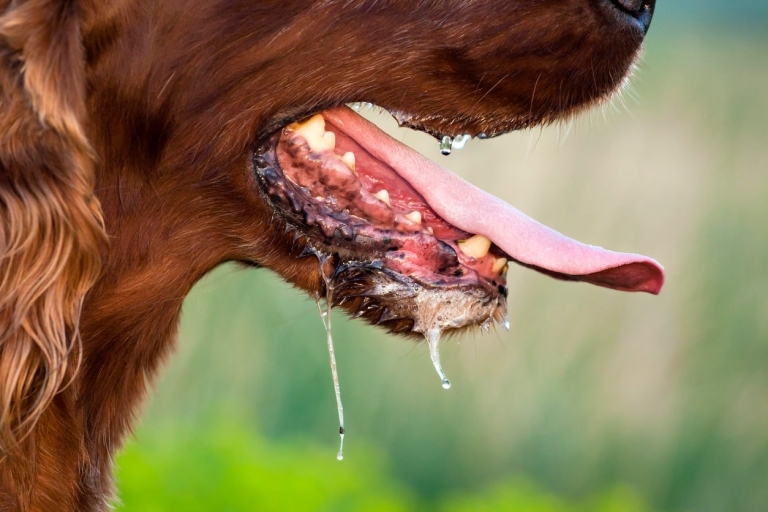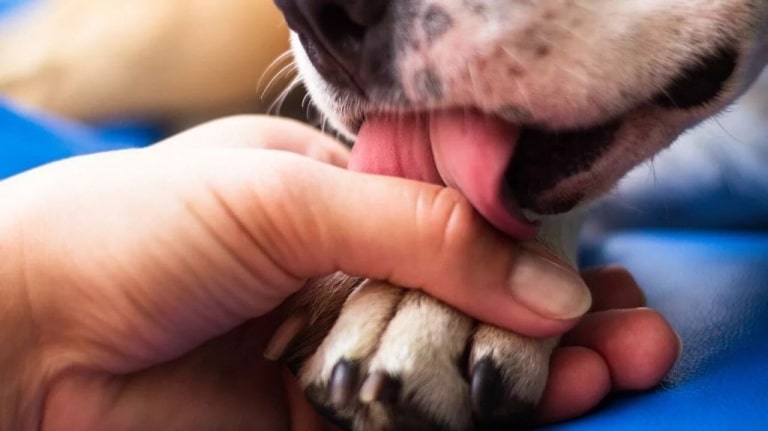How swimming in a river or pond affects the health of dogs
Swimming is a great way to cool off in the summer and a powerful exercise that is good for your dog’s muscles, joints and overall tone. It is especially important for breeds that tend to be overweight or require an active lifestyle – such as Labradors, Retrievers, Collies, and German Shepherds. The water relieves stress on the musculoskeletal system, so swimming is often recommended even for dogs with chronic joint problems.
In addition to physical benefits, swimming has a positive effect on emotional well-being. For dogs who love water, it’s a joy, a game, a release. However, it’ s important to realize that not all breeds do well in the water. Breeds such as Bulldogs, Pugs, and Pekingese have anatomical limitations that make it difficult to breathe and move in the water. For them, swimming can be a risk rather than a benefit.
Environmental factors should also not be overlooked. If a body of water is polluted or blooming – it can cause skin problems, stomach upsets or even poisoning. And river currents or depths that are difficult to assess can be deadly. That’s why it’s important to check in advance the body of water you plan to let your dog swim in.
What you need to look out for to keep your dog safe
Your dog’s safety while swimming is the number one priority. First rule: never force your dog into the water. If your Pet turns his head away, gets excited or runs away, it’s not a whim, it’s a red flag. Respect for your pet’s boundaries should come before the desire to take cool photos for Instagram.
Second, don’t let your dog jump into the water from a height, especially if you can’t see the bottom. This can lead to spinal or paw injuries. Many owners underestimate the dangers – even in familiar bodies of water, the depth and bottom topography can change after rain, currents, or human activity.
Water temperature is another critical consideration. If the water is very cold (less than +18°C), your dog’s body can go into shock, especially if he is warmed up after running. This is a risk to the heart and overall health. At the same time, too warm, standing water can also be a breeding ground for bacteria and parasites.
Remember: never feed your dog immediately before swimming. A full stomach + exercise = a direct route to gastric distention, which is a deadly condition. It’s best to feed your dog at least 1-2 hours before or after swimming.
Also watch for fatigue. Many dogs don’t know how to “stop” playing on their own, and excessive swimming can exhaust the body. If the dog starts to get bad in the water, activity decreases, or he tries to get out, that’s a signal to end the water session. And after bathing, it’s always a good idea to rinse off the hair with clean water, pat dry and check the ears – especially for dogs with floppy ears, because moisture in the ears is the perfect environment for otitis media.
Cold tail syndrome: why it occurs, predisposition of the dog, how to help
Cold tail syndrome, also known as “water tail,” “broken tail,” or “limber tail,” is a sudden, painful condition that most often occurs in dogs after swimming or being out in the wind and cold. Symptoms can be dramatic: the tail hangs down as if “broken,” the dog can’t move it, doesn’t wag it as usual, and even avoids being touched. At the same time, the pet may be depressed, in pain when trying to sit or stand up, and sometimes whimpering.
Why does this happen? Under the influence of hypothermia or excessive strain on the muscles of the base of the tail, inflammation occurs, similar to a microtrauma. This happens most often in active, athletic dogs, especially retrievers, pointers, collies or huskies – those who swim, run or compete a lot.
What should you do if this happens? The first thing to do is to give the dog a rest. Provide warmth, limit physical activity and, if possible, consult a veterinarian. In most cases, the syndrome resolves in a few days without complications, but under no circumstances should you force your dog to “spread out”, make him wag his tail or swim again. This can increase the inflammation.
For prevention, avoid sudden cooling after active water procedures. Always dry the dog well, do not allow it to be wet for long periods in a draft or wind, and do not allow it to swim in very cold water, especially if the animal has already had such an episode.
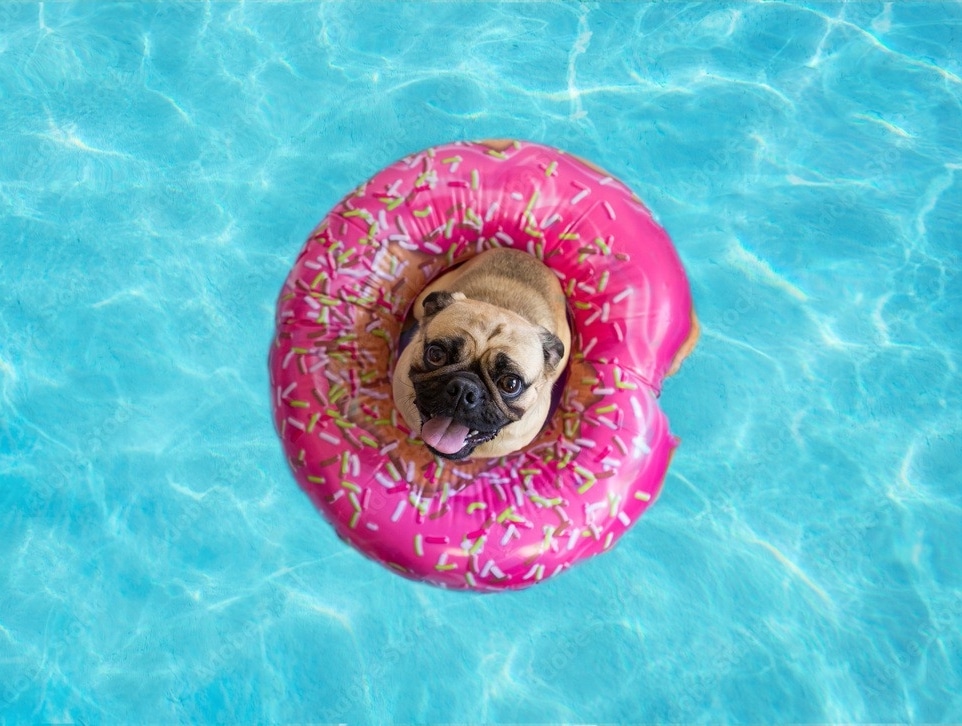
Caution for owners
If you plan to spend the summer actively near bodies of water, start water training gradually, with respect and gentleness. At first just walks by the water, then paws, then a little splashing, and only if the dog shows interest – allow more. Use swim vests if the dog is not confident in the water or there is a risk of currents. And don’t forget that after every bath, grooming is important: drying, checking skin, ears, paws.
Summer is a time of joy. But for your dog, this joy must be safe and voluntary. Your Pet will not tell you with words that something is wrong – so you, as an attentive owner, should be the eyes, ears and heart of your Tail. Love, protect and let your dog enjoy the summer without risk.


